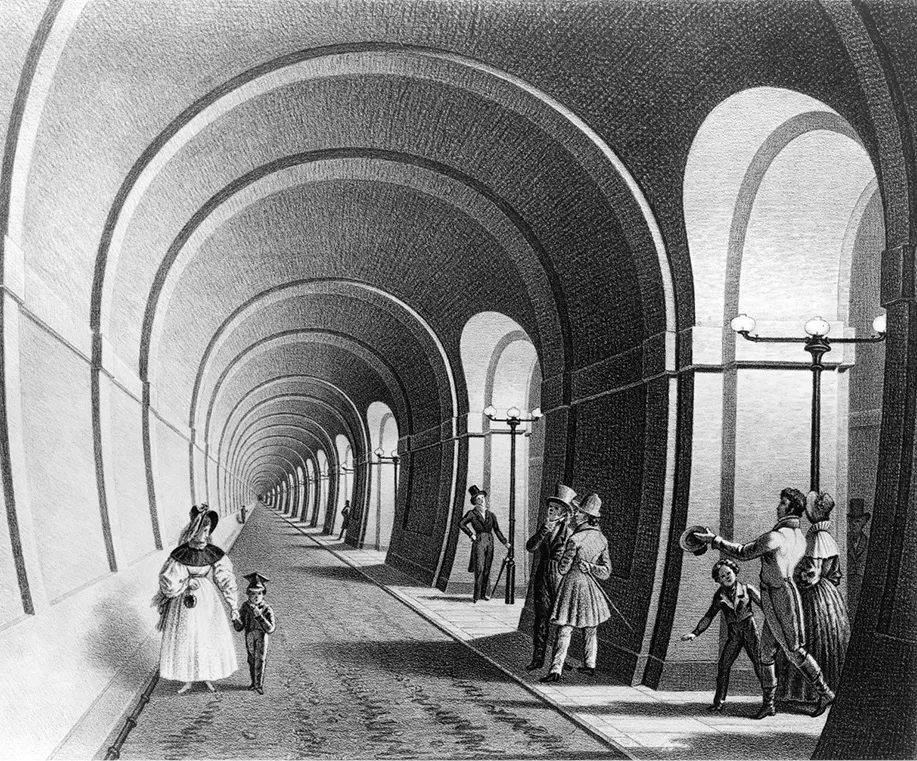![]()
Part I
Lost
and
found
How travel forgot the human and how behavioural science can help
![]()
Chapter 1
People are not cargo
People who travel go by many names: passengers, commuters, customers, drivers, cyclists, pedestrians. Each name carries positive and negative social signals, but we are all Homo sapiens.
In 200,000 years, it is estimated there have been 117 billion Homo sapiens,1 , with 7.8 billion of us alive in 2021. Our ancestors never worried about being stuck in traffic or missing their flight because they had other things to worry about. They needed to find food, shelter and social support, and that shaped their bodies, brains, senses and instincts. This includes the mental short cuts (heuristics) that power decision making. The successful ones survived and were passed down to future generations.
Yet in the blink of an evolutionary eye we are in the modern world, where being able to move faster than a horse, or travel more than thirty miles in a day, have been possible for only 0.01% of what we call history. We remain mentally and physically indistinguishable from the people who lived here 50,000 years ago. We use a Stone Age brain in a high-speed world, so we should design transport to harness the brilliant aspects of our nature and to manage our shortcomings. Transport should adapt to its users and the needs of society, not the other way around. Crammed into the past 250 years are all the transport and communications technologies we now take for granted: smooth roads, cars, telephones, buses, same-day delivery, planes … even the bicycle. These technologies have transformed the way we live, but not yet our bodies or brains.
We design the physical world for the human body. A steering wheel accommodates the shape of our hands, taking advantage of our opposable thumbs, which were never evolved to steer cars. But we aren’t yet so good at designing the way we live to accommodate the characteristics of our brains. We often endure signage, tickets and interfaces designed to suit the brains that transport planners wish we had. We frequently find ourselves confronted by a hotchpotch of competing tariffs, timings and bundles built from years of complex arrangements, which you need a PhD to decipher. Maybe even that’s not enough. Rory remembers seeing a gentleman baffled by the self-check-in terminal at an international airport and going over to help – only to discover that the man wrestling with the interface was a Nobel-winning economist!
In a world that demands newer and more sustainable transport technologies, we need solutions that are socially as well as technically successful. But everywhere we look, humans are treated like goods. Pilots describe passengers as ‘SLF’ – self-loading freight – while the post-Soviet states use the code ‘Cargo 200’ to refer to military casualties who are being transported. In the UK, train doors close between thirty seconds and two minutes before the listed departure, but from a passenger’s perspective, once the train cannot be boarded or alighted it might as well have departed. A system that prioritized the user would be more courteous, closing the doors a few seconds after the listed departure time to give passengers a moment’s grace.
The truth is, most transport technologies evolved to serve the dual purpose of transporting goods and people, but they were designed in the first place for the things, not the people. The Thames Tunnel under London was the world’s first under-river crossing. The tunnel was started in 1825 by Marc Brunel, father of Isambard, and was designed as a freight tunnel to connect the docks at Wapping in the north to Rotherhithe in the south. After dozens of breaches and many fatalities, it was finally opened eighteen years later and rebranded as the ‘Eighth Wonder of the World’ 2 to attract tourists to its underground marketplace; later it was taken over by the railways.
![]()
Figure 1. The Thames Tunnel: from freight shaft to world-class tourist attraction, and now a passenger railway tunnel.
![]()
Fast forward 150 years to the opening of the Channel Tunnel in 1994. The scale is bigger but the principles remain the same. Ground-breaking innovation enables the transport of 1 million tonnes of freight and 10 million people per year between England and France. The Boeing 747 became an iconic passenger airliner but was originally designed for the military and hastily repurposed for freight, which is why it has a bump at the front, for loading the largest payloads. Eventually, airlines repurposed the upper deck for first class seating and dining, offering luxurious seclusion for the most profitable passengers.
![]()
Table 1. Humans versus cargo: similarities and differences.
| Similarities | Differences |
- Must be handled with care
- Must be delivered reasonably promptly and not lost in transit
- Must be stored in a cool, dry place
- Live tracking of progress is useful for interested parties
- The buyer values speed and price (if opti...
|

